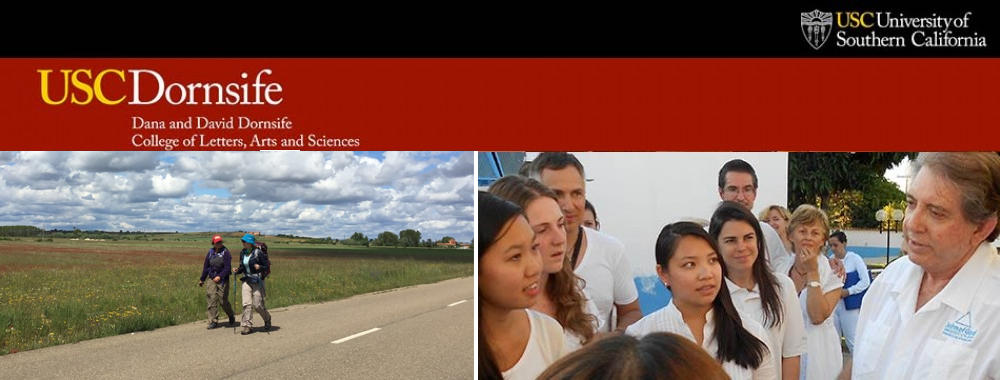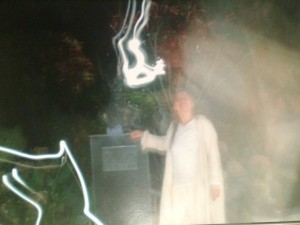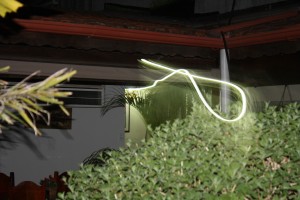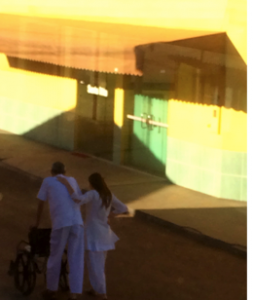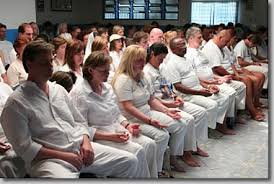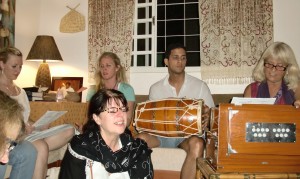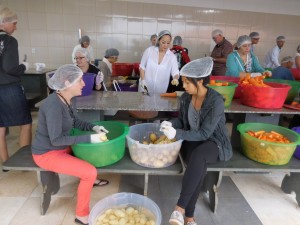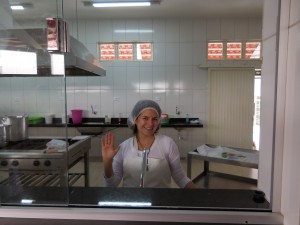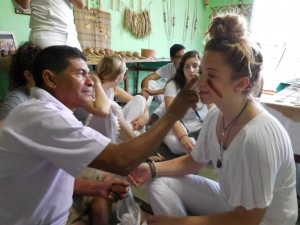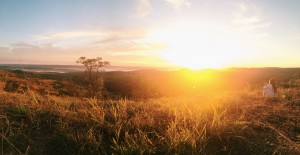According to believers such as Robert Pelligrino-Estrich, photographs are a clear form of proof to skeptics that spirits exist (his lecture to our group 6/12/15). From a skeptic’s point of view, I completely disagree. The many statements from devout followers, such as Pelligrino-Estrich’s, lack technological knowledge. Photographic images can be altered in countless ways. Film images are all irregular based on how they are developed. Digital cameras have numerous settings to change the appearance of images. And, with today’s level of advanced Photoshop, digital images can change with a simple “click” of a button.
While developing film, situations can occur within the development process that makes it so no two images are identical. Some examples of this are using expired solutions, placing an image in any of the solutions for too long or too short of a time, or exposing the paper to light outside of the Dark Room. Splotches, lines, drips, and blurred sections of the image can all result while developing photographs taken with film cameras.
A specific example of altering a subject digitally is by using a 2008 Cannon Rebel XS. On this camera alone, there are over one hundred different ways to change an image. From changing the aperture to the shutter speed to the F-stop, I can make over twenty photos of the same subject look completely different. By just using the settings on the dial, without manual manipulation, I can also alter subjects drastically. Specifically, the “Night Portrait” setting does a fine job of setting the stage for “spirits” to appear in my photographs. All that is required is a light source. By simply moving my wrists, see below, I can create different shapes in my photographs similar to those in the photos where entities are present.
What seems to be spirits in photographs can also be created through Photoshop. A computer isn’t even necessary to edit the photographs in such a manner; this can be completed through simple cellular photo editing apps such as Instagram and BeFunky. Another method giving the ability to create the appearance of spirits in photos is through IPhoto on an Apple Ipad or a Mac computer. A more efficient way of photo editing would be to use advanced programs such as Adobe or Lighthouse to alter images professionally.
Although my intentions are not to interfere with the beliefs of Spiritists, their reasoning in this circumstance remains naïve. By using the method of “seeing is believing” Spiritists often reveal their lack of familiarity with modern photography and modern day technology
By Makenna Cortney
